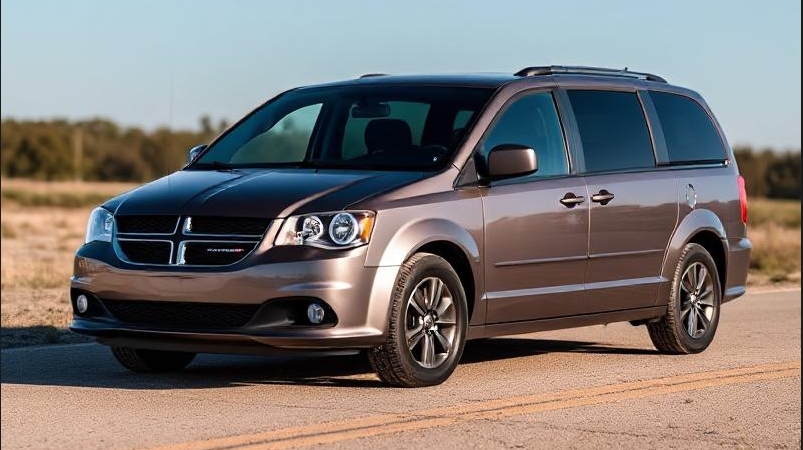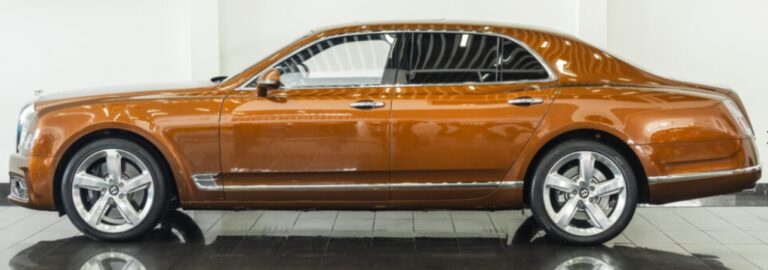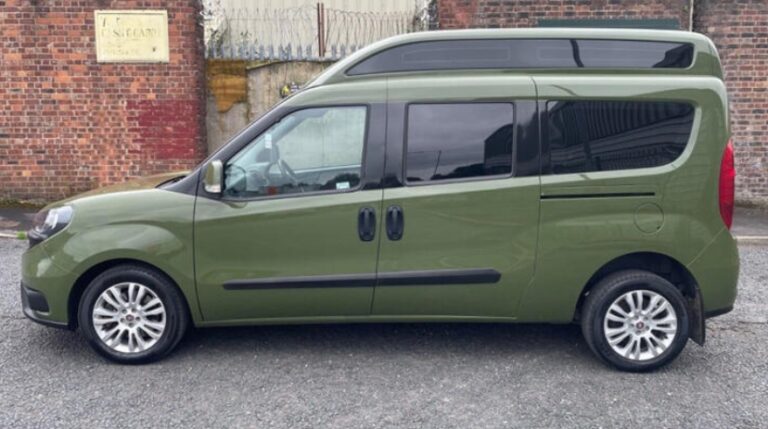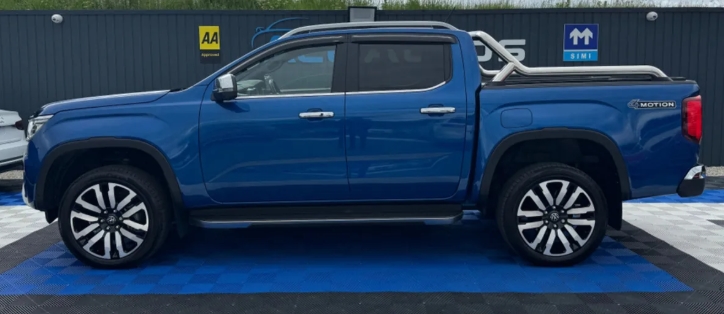The Evolution of the Dodge Caravan: A Journey Through Time
The Dodge Caravan is more than just a minivan; it is a symbol of family travel, road trips, and everyday practicality. First introduced in 1983, the Caravan has undergone significant changes over the years while maintaining its position as a staple in the automotive industry. This article explores the evolution of the Dodge Caravan, detailing its production years, various models, and trim levels.
The Birth of a Legend (1983 – 1990)
The Dodge Caravan was born in 1983 as part of Chrysler’s innovative plan to create a new class of vehicles that bridged the gap between vans and passenger cars. It was developed alongside its platform sibling, the Plymouth Voyager.
1984 – 1990: First Generation (A-platform)
The first generation of the Dodge Caravan was produced from 1984 to 1990. It was offered in one standard length body style, which emphasized a taller and shorter profile than the traditional wagon. Trim levels varied, including:
- Base Model: A straightforward option without numerous bells and whistles.
- SE: A mid-range offering with more features.
- LE: A more luxurious variant filled with added comfort and convenience features.
It also featured a unique seating arrangement known as the “Magic Van” concept, which allowed multiple configurations of seats. Engine options included a standard 2.2-liter four-cylinder engine and an available 3.0-liter V6.
Second Generation (1991 – 1995)
The second generation of the Dodge Caravan reflected major design changes that enhanced comfort and performance while maintaining practicality. Production ran from 1991 to 1995, and introduced a longer, wider body style.
Trim Levels
- Base: Basic features but functional.
- SE: Offered more comfort-oriented features.
- LE: Luxurious options including leather seats.
- Sport: A sport-themed trim with distinct styling elements and upgraded performance.
Both the 3.3-liter V6 and the 3.8-liter V6 engines became available during this generation, providing a more powerful option for families.
Third Generation (1996 – 2000)
The third generation, produced from 1996 to 2000, was marked by a redesign that included a sleeker profile and changes in technological advancements. The emphasis on safety also became more pronounced with the inclusion of standard driver and passenger airbags.
Trim Levels
- Base: A continuation of the entry-level model.
- SE: Improved features with a focus on convenience.
- Sport: Came standard with alloy wheels and stylish accents.
- ES: The high-end selection featuring premium materials and advanced features like CD players and power sliding doors.
New engine options included a 2.4-liter four-cylinder, while the V6 offerings continued to impress with enhanced performance.
Fourth Generation (2001 – 2007)
The fourth generation, which ran from 2001 to 2007, saw the Caravan switch from a body-on-frame platform to a unibody design. The sleek design and improved aerodynamics drove a change in how families perceived minivans, making them more appealing than ever.
Trim Levels
- Base: Simplistic and utilitarian.
- SXT: Introduced premium features such as a power driver’s seat and enhanced audio systems.
- Grand Caravan: A larger version catering to families needing more space, offered similar trim levels but with expanded capacity.
During this period, the Caravan introduced significant safety features, including antilock brakes and stability control.
.

.
Fifth Generation (2008 – 2020)
The fifth generation brought forth an evolution in style and functionality with the introduction of a more modern, car-like design. Produced from 2008 until 2020, the Dodge Caravan gradually made adjustments to become more competitive against newer entrants in the minivan market.
Trim Levels
- SE: The base model retained basic features.
- SXT: Enhanced comfort and convenience features, including rear-seat entertainment systems.
- R/T: The sporty version of the Caravan, featuring performance enhancements and unique styling.
- Grand Caravan: Continued offering expanded capabilities, accommodating larger families.
This generation saw the Caravan adopt more advanced technology, with features like in-vehicle navigation and improved audio options becoming common.
The End of an Era and Legacy (2020 – Present)
In 2020, FCA (Fiat Chrysler Automobiles) announced the end of the Dodge Caravan, paving the way for the Chrysler Voyager, which took the Caravan’s place in the market. This decision came as the company sought to streamline its minivan offerings and embrace updated platform designs.
However, the Caravan’s legacy continues, having been a family favorite for decades, contributing significantly to the minivan segment. It set the standard for practicality and family-centric features that other vehicles would strive to replicate.
Final Trim Levels
In its final years, the Dodge Caravan offered various trim levels focused on practicality, comfort, and durability, including:
- SE: Economy-focused; equipped for basic family needs.
- SXT: Enhanced features aimed at bringing added comfort to family trips.
- GT: The sporty trim offering upgraded performance and aesthetic touches.
Conclusion: A Lasting Impact
The Dodge Caravan remains a nostalgic icon within the automotive industry, representing a unique blend of function and family-oriented design. Over the years, it adapted to the needs of the consumer while retaining the spirit of the original vision laid out by Chrysler in the early 1980s.
From its humble beginnings in the 1980s to its eventual retirement in 2020, the Dodge Caravan has left an indelible mark on automotive history as a pioneer in the minivan segment, changing how families travel and enjoy life on the road. Its numerous features, spaciousness, and flexibility made it not just a vehicle, but a part of the fabric of family life in America and around the world.
The legacy of the Dodge Caravan will undoubtedly endure, shaping the future of family vehicles well beyond its production years.







